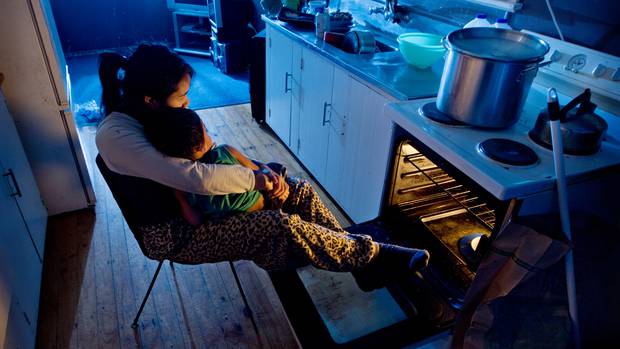Reserve Bank to ease home lending restrictions
The Reserve Bank is to ease the lending restrictions on home buyers and property investors from January.
In a statement released this morning the central bank said from the start of next year that it would increase the cap on banks from 10 per cent to 15 per cent for new mortgage lending to owner occupiers.
Currently no more than 10 per cent of loans can go to owner occupiers with a deposit of less than 20 per cent.
It will also ease the restrictions for investors.
At the moment only 5 per cent of lending is to investors who have a deposit of less than 40 per cent.
That will alter slightly to allow those with deposits of less than 35 per cent for no more than 5 per cent of investor lending.
Reserve Bank Governor Grant Spencer said loan to value ratios had been in place since 2013 to address financial stability risks arising from rapid house price inflation and increasing household debt.
“These policies have helped improve banking system resilience by substantially reducing the share of high-LVR loans.”
Spencer said in the past six months pressures on the housing market had continued to moderate due to further tightening of the LVRs, a firming of bank lending and an increase in mortgage rates.
“Housing market policies announced by the Government are also expected to have a dampening effect on the housing market.”
Spencer said in light of those developments the Reserve Bank was undertaking a modest easing of the restrictions.
He said the bank would monitor the impact of the changes and only make further adjustments if financial stability risks remain contained.
“A cautious approach will reduce the risk of resurgence in the housing market or deterioration in lending standards.”
ASB chief economist Nick Tuffley said the relaxation of the restrictions had happened sooner than it expected.
“The financial stability risks in housing have receded. However, given a degree of uncertainty around how temporary the election has impacted market activity and uncertainty over when government tax/housing policies will take effect, we had expected the RBNZ [Reserve Bank] would wait a little longer.”
But he said the shifts were modest and would likely help to stabilise the price falls seen in Auckland and Christchurch.
“We don’t expect the eased restrictions to spark a return to strong house price growth.”
Tuffley said further easing of the restrictions would likely be dependent on property prices remaining contained following the changes.
“The Financial Stability Report suggests the RBNZ is quite confident the housing market will not rebound, and the RBNZ will be mindful the Auckland and Wellington markets are still quite supply-constrained.”
He said the quality of banks’ residential lending portfolios would also be a consideration.
“We would expect that any future moves would follow the pattern of the first move, with incremental easing of the restrictions.”
Tuffley said the Reserve Bank’s next Financial Stability Report in May would be the next obvious moment to make further changes.
Westpac Bank’s Michael Gordon said it was also surprised that the Reserve Bank had moved this early.
“The momentum in house prices has actually turned positive again in the last few months, and we see a risk of a further near-term bounce, as buyers look to get in ahead of the foreign buyer restrictions and the extension of the bright-line capital gain test from two to five years.
“The easing of the LVR restrictions will provide further support for house prices at the margin.”
Gordon said it would have to revise its recent forecast of a 2 per cent fall in house prices for 2018.
“The earlier than expected easing of the LVR limits muddies the waters somewhat, and we will have to lift that forecast a little.
“But we still think that the combined impact of government and RBNZ policies will be negative for house prices next year.”



